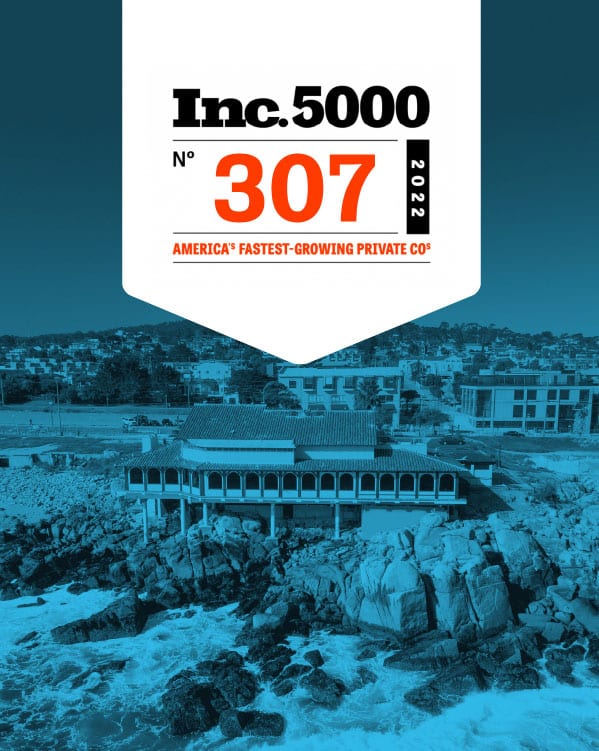Better client collaboration & preplanning can ensure cost certainty & budget control
By: Chris Hillyer
The preconstruction process is a vital phase in the construction industry, laying the foundation for a seamless and efficient project. If a builder gets preconstruction right, they pave the way for a smoother building process.
Achieving excellence from the outset requires early client involvement, meticulous planning and collaborative decision-making. By engaging clients from the beginning, builders can ensure cost certainty, anticipate potential changes and seek the best value for their clients. The proactive and client-centric approach minimizes surprise, fosters transparency and ultimately enhances the overall project outcomes.
In fact, a collaborative approach to the preconstruction process can lead to more successful construction projects.
1. Take a More Client-Centric Approach
Setting expectations about the working relationship, transparent communication and anticipating clients’ needs are some of the most important lessons learned in preconstruction. By actively involving clients and understanding their goals, preferences and constraints, builders can tailor the project to meet their specific requirements. The client-centric approach not only fosters a strong working relationship, but it also ensures that the project aligns with the clients’ vision.
During the preconstruction phase, builders work closely with clients to identify project objectives, establish budgets and define the scope of work. By engaging in open and transparent communication, teams can effectively address any concerns, clarify expectations, offer solution-oriented alternatives and build trust. Clients count on the builder to have a solution-oriented mindset, seamlessly manage every aspect of the build and minimize surprises.
Anticipating clients’ needs comes from experience, but thoroughly thinking through the details, including the small things — like temporary fencing, safety railings and traffic control barriers — is vital because these are the “little” things that can impact budget if not planned properly. Working together to develop a strategy and an agreed-upon schedule is paramount. This collaborative process enables clients to actively participate in decision-making, so they feel invested in the success of the project.
A client-centric approach comes down to leadership. Every client wants good service, trust in the builder, a smooth project with minimal design compromises and a final building that meets their needs. Keeping a service mindset will make for a smoother building process and a more satisfied client.
2. Proactively Control Your Budget
Value management is a key aspect of the preconstruction phase but is most effective when used in a proactive manner. Builders are charged with materializing the client’s vision, but it is also important to ask critical questions and examine the project from different angles to identify potential areas for improvement. This involves analyzing various construction methods, trends, materials and systems to identify cost-saving opportunities without compromising quality or functionality. By respectfully challenging design choices or suggesting alternative solutions, builders can optimize the project’s efficiency and cost-effectiveness. In some cases, the value management process may lead to building system selections with higher costs, but it will ultimately provide the best value to the client.
While benchmarking is important, historical data alone is not enough to develop a complete picture of a project’s cost. Consider current market trends, as well as the unique set of requirements, assumptions and values that make up the project. Collaborating with architects, engineers and subcontractors to brainstorm ideas and find strategic and innovative solutions that maximize client value is essential. The preconstruction team will analyze and synthesize all this data — both tangible and intangible — to produce a baseline cost model, which is used to set the foundation of the guaranteed maximum price.
After establishing the initial cost model, estimators should continue to develop, maintain and communicate the budget. The estimating never stops. Each scope is assigned accurate target values. Input from trade partners is an ongoing conversation. As decisions are made, there should be continuous estimating and budgeting — not just at rigid design milestones. As the process moves on, it is important to rightsize contingencies and allowances that were put in place to cover the initial project scope.
